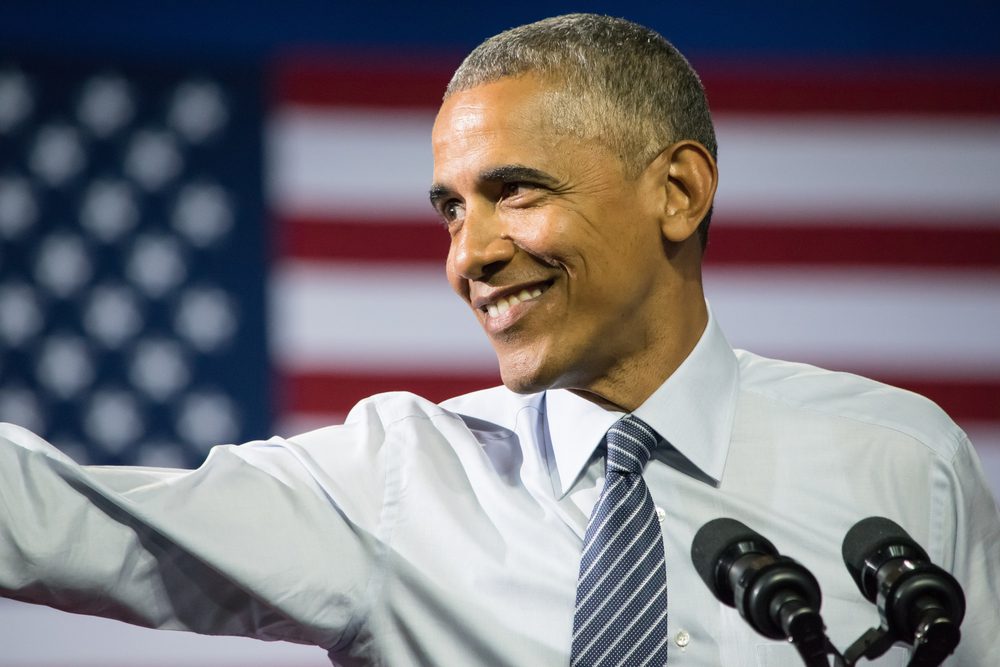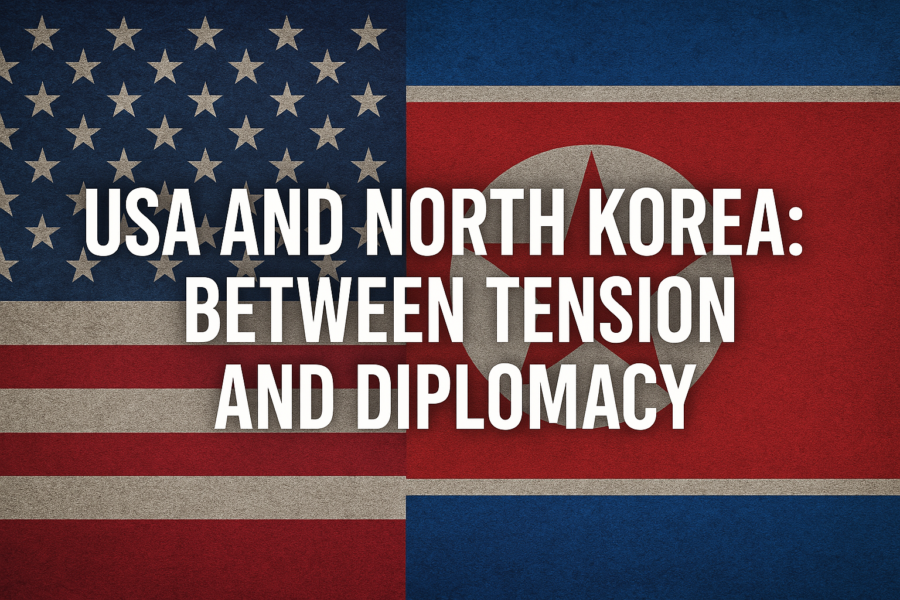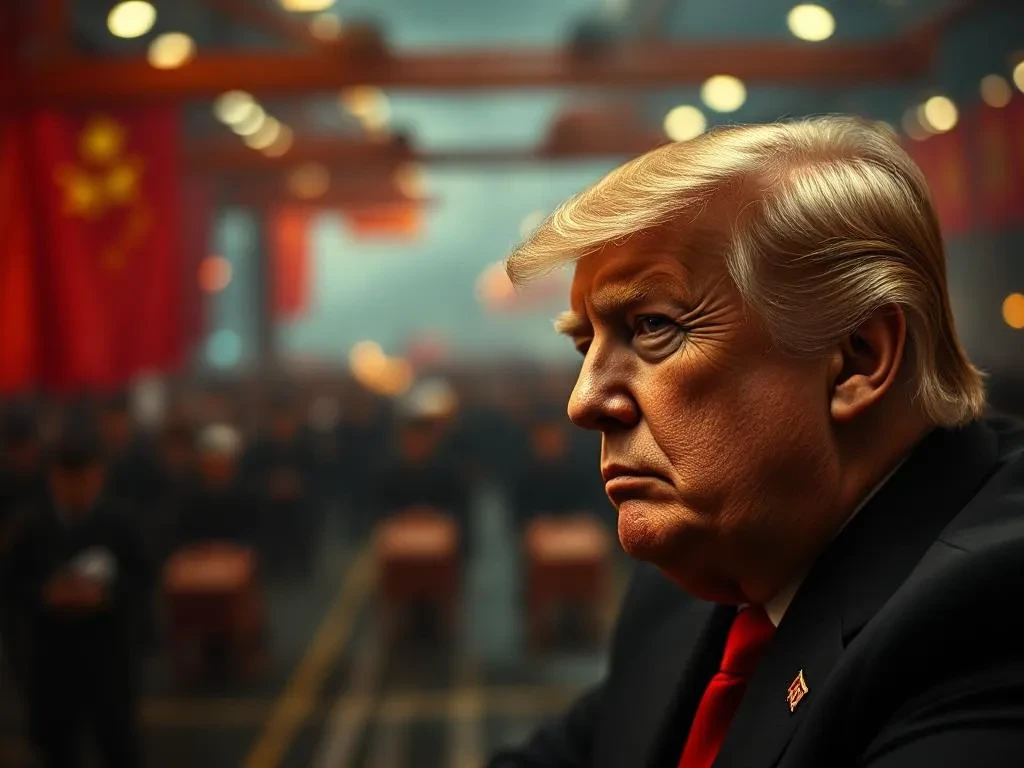Wars start, continue, and end for various different reasons. However, the personalities of those in charge play a very important role. Have you ever thought that there’s an intriguing link between the character of past US presidents and the length of time they went to war?
Well, there’s no better way to figure this out than to start an analysis of all American presidents who were heads of state during an important American war? Just a heads up: you might notice that the degree to which a commander-in-chief showed grandiose narcissistic personality traits is directly linked with the duration of any wars they presided over.
As conflicts keep on raging all over the world today, the findings might prove useful for politicians, analysts, and even military commanders, especially when it comes to the whole idea of war. It turned out that narcissistic presidents only exit wars if they think they can win them, and they will extend them to find new ways of victory. It doesn’t matter if they fight the war beyond its reasonable point; it only matters how competent and heroic they seem. Let’s find out more:
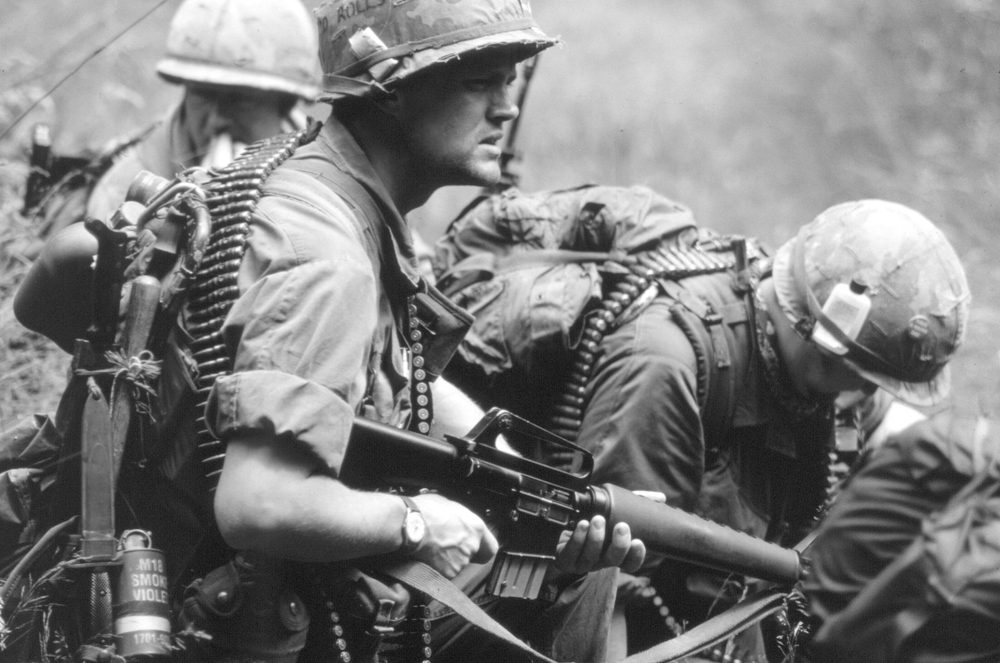
The American Revolution
The Revolutionary War, commonly known as the American War for Independence, lasted from 1775 through 1783. At the time, George Washington was the general commander in chief. He was elected president of the United States in the first-ever presidential election in 1780.
Encouraged by the Boston Tea Party, back in 1773, 13 North American colonies courageously fought Great Britain in an effort to escape from British rule and become independent countries. The war was initiated after more than a decade of growing estrangement between the British colonies and a larger segment of its North American colonies that was initially caused by British attempts to gain greater control over colonial affairs.
The War of 1812
James Madison was the incumbent president when the United States next challenged Great Britain in 1812. The British decided not to accept in a gracious manner the American independence after the Revolutionary War. Britain decided to seize American sailors, doing its very best to interrupt American trade. The War of 1812 has been known as “the Second War of Independence.” It lasted three years.
The Mexican-American War
The United States clashed with Mexico in 1846, right after Mexico resisted James K. Polk’s vision of “manifest destiny” for the United States. It’s worth mentioning that this war was announced as part of America’s efforts to forge ahead.
The first battle took place on the famous Rio Grande. By 1848, the United States had taken possession of a wider piece of land, including the modern-day states of California, New Mexico, Arizona, Nevada, and Utah.
The Civil War
The “War Between the States” lasted four years, from 1861 to 1865. At the time, Abraham Lincoln was the head of state. Lincoln vehemently opposed the enslavement of African people, and that’s one of the reasons why seven southern states decided to secede from the union right after his election, leaving him with an ongoing dilemma.
They decided to form the Confederate States of America, and the Civil War was initiated as Lincoln took additional steps to bring them back into the fold. But that’s not all; he also tried to emancipate their enslaved people in the process. Four other states decided to secede before the dust from this difficult war had even settled.
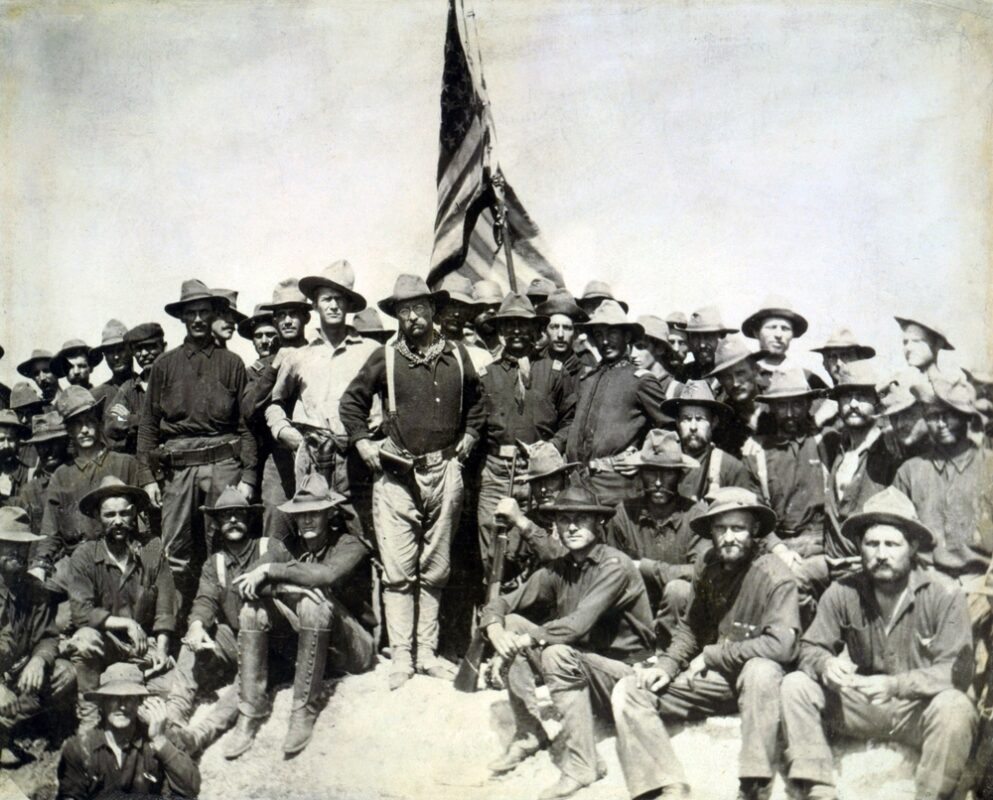
The Spanish-American War
The Spanish-American War was very short and technically lasted less than a year in 1898. Initially, tensions escalated between the United States and Spain in 1895, as Cuba hardly fought against Spain’s power and dominance. At the time, the United States fully supported its efforts, with William McKinley as president.
On April 24, 1898, Spain declared war against America, to which McKinley responded by declaring war on April 25. And since no one could ever upstage him, he declared it “retroactive,” stating that he decided on April 21. By December, the war was already over, with Spain relinquishing Cuba and giving up Guam and Puerto Rico to the United States.
World War I
The First World War started in 1914. It set the Central Powers, meaning Germany, Hungary, Bulgaria, Austria, and the Ottoman Empire, against the Allied Powers of the United States, meaning Great Britain, Japan, Italy, Romania, France, and Russia. The war ended in 1918, and by the time it ended, over 16 million people were dead, including many civilians. Woodrow Wilson was the United States’ president at the time.
World War II
World War II lasted from 1939 until 1945, and it fully caught the attention of not one but two American presidents: Franklin Roosevelt and Harry S. Truman. The war was initiated after Nazi Germany under Adolf Hitler invaded Poland and France.
Two days later, Great Britain declared war on Germany. Soon enough, over 30 countries were involved. Japan, among other countries, joined forces with Germany. This was one of the most devastating wars in history, claiming over 100 million lives and lasting until August 1945.
The Korean War
When the Korean War initiated in 1950, Truman was the president of the United States. The Korean War was widely recognized as the opening salvo of the Cold War, as it began when North Korean soldiers invaded some Soviet-backed Korean territories back in June.
The U.S. supported all the other areas in South Korea that the Russians didn’t back. Also, there was ongoing concern that fighting would eventually lead to World War III, but it was rapidly resolved in 1953. By that time, Dwight Eisenhower was president of the United States. The Korean Peninsula remained a hotbed for political tension.
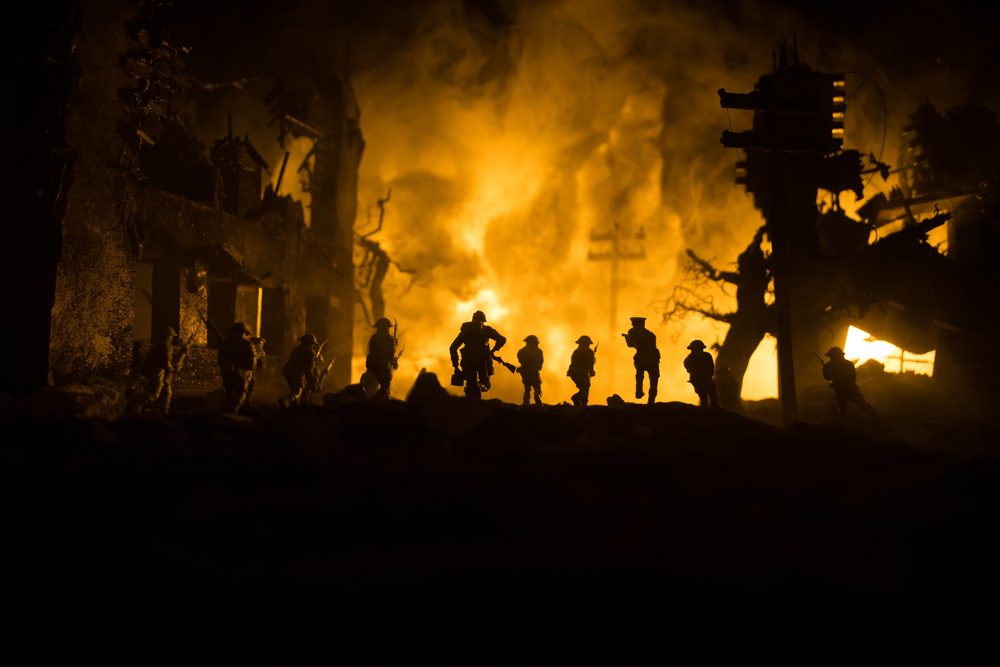
The Vietnam War
The Vietnam War is probably the most unpopular war in American history, and four presidents were forced to inherit this non-stop nightmare (Dwight Eisenhower, Lyndon Johnson, Richard Nixon, and John F. Kennedy). It lasted 20 years, from 1955 to 1975.
The initial issue was caused by a division a bit similar to the one that prompted the Korean War, with Communist North Vietnam and the Soviet Union opposing the United States-backed South Vietnam.
The ultimate death toll was 30,000 Vietnamese civilians and just as many American casualties. Across the U.S., crowds were chanting “Not our war!” on the streets, and because of that, Nixon ordered U.S. forces to end the war. However, it took two more years before the troops withdrew from the region. After the American forces left the country, communists took control of Saigon, Vietnam, in 1975.
The Persian Gulf War
The Persian Gulf War was initiated in August 1990, right after Iraqi President Saddam Hussein invaded Kuwait. Back then, the president of the United States was George H.W. Bush. He ordered the U.S. forces to intervene and help Kuwaiti citizens, arranging a coalition of other nations right after Saudi Arabia and Egypt asked for American assistance.
The U.S. carefully planned a combat called Operation Desert Storm that raged for 42 days until Bush declared a ceasefire in February 1991.
The Iraq War
Everything was peaceful in the Persian Gulf until Iraq initiated hostilities in the region. Under then-president George W. Bush, U.S. forces managed to invade Iraq with the help of Great Britain and all the other members of the coalition. Insurgents took some exceptions to this state of affairs, and in return, hostilities started again. Eventually, President Barack Obama oversaw the withdrawal of American forces in 2011.
If you’re interested in reading more about foreign affairs, here’s what we recommend reading: U.S. vs. Russia: Who Has The Best Nuclear Weapons?


